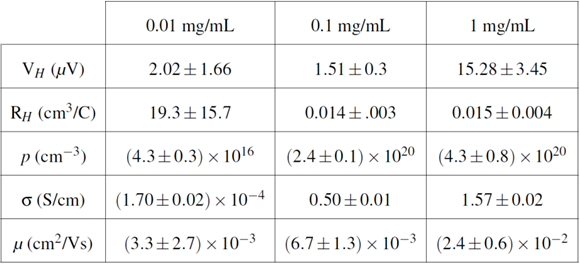Researchers have studied conjugated polymers for a number of organic electronics and energy-related applications, including as light absorbers in organic photovoltaic cells. Compared with silicon-based solar cells, these semiconducting materials exhibit electronic properties of metals, but because they’re polymers, they offer certain advantages for use in commercial mass production. They are lighter, more flexible, and more economical to manufacture than other materials.
Conjugated polymers are created by synthesizing and blending different polymers to achieve a metallic state. But the problem for researchers trying to determine the photoconductive properties of the newly created materials is that they can be rather noisy. So ordinarily, it’s hard to get accurate electrical measurements, whether for carrier concentration or mobility.
One group of researchers from UCLA’s Chemistry and Biochemistry Department and Materials Science and Engineering Department has found a way to overcome this. As detailed recently in The Journal of Physical Chemistry Letters (subscription required), the processing that the group devised — manipulating the molecular interactions by using a novel polymer doping/processing technique — was key to being able to make the measurement in the first place.
Specifically, they used tetrafluoro-tetracyanoquinodimethane (F4TCNQ): poly(3-hexylthiophene) (or P3HT) doped films, and to overcome the noise issue, the group employed solution-sequential processing (SqP) instead of the more traditional blend-casting method. This method produces high-quality flat films and facilitates the control of the conductivity of the films. In this report, the conductivity of the films varied over 4 orders of magnitude. Hall measurements made in the Lake Shore Model 8407 with the AC field option were used to determine the carrier concentration and mobility of the films. Note the low mobilities, 0.024 to 0.003 cm2/V s of the sample, obtained by using the Model 8407 with AC Hall:

More results can be found in the paper itself. It should be noted that a Hall effect measurement method that makes use of an AC magnetic field, rather than the conventional DC, was the only way to determine the properties of these low-mobility materials. This is because it is challenging to extract the diminishingly small Hall voltage from the background noise that is produced by such materials using DC field techniques. This app note goes into greater detail about AC Hall measurements.
